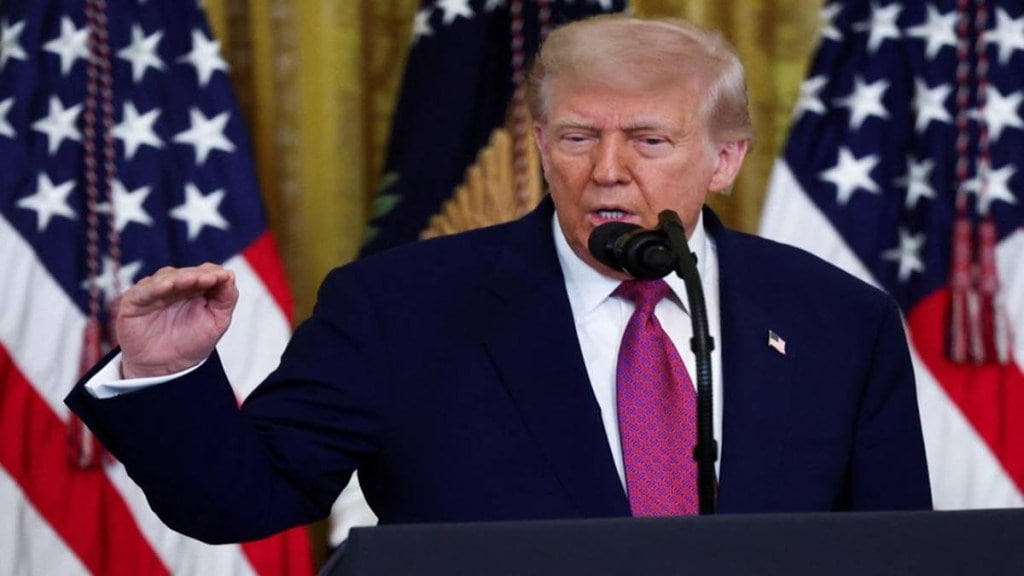Donald Trump dominated the 2024 presidential race with a master plan of political incorrectness, using the art of the insult to brand political opponents and bash the media all the way to the White House. He has kept that tradition going even after becoming president for the second time. But even by his own abysmally poor standards of public behaviour, it was shocking to hear his rant about India on Wednesday and Thursday.
No one expects any head of state to talk so disparagingly about any other nation, especially about the world’s largest democracy. “Obnoxious”, “dead economy”, etc. are nothing but gutter-level politics. Trump’s poor behaviour becomes even more evident from the restrained way in which India has responded—no name-calling, only a firm assertion that the government will make sure national interests are protected. Preserving self-interest demands tactful diplomacy—something in which Trump needs a crash course.
Trump’s tariff
It is no doubt upsetting that India has been slapped with a 25% tariff plus a penalty when many other countries have managed with far less. The point to note, however, is that all these countries have also yielded to some of the US’s demands. Without retaliating, India must do what it takes and revisit its stand on some issues to get the tariff down. The fact is that the impact of the tariff bombshell could be punishing. If implemented, the 25% tariff, taken together with the existing sector-specific tariffs on products like aluminium, steel, and automobiles, would push up the total effective US tariffs on Indian imports to around 26.6%, excluding the impact of the unspecified penalty.
Effects on GDP
Economists estimate the higher tariff alone will shave off 20-30 basis points (bps) from India’s GDP. Worryingly, labour-intensive sectors such as gems and jewellery and textiles are likely to be badly hit at a time when business isn’t exactly brisk. Moreover, sectors such as pharmaceuticals, semiconductors, and electronics where investigations are on—under Section 232—are currently exempt from tariffs but these could be reviewed; a 200% duty on pharmaceutical imports has been talked about. Several drug companies earn about a third of their revenues from the US market and would struggle with a 25% tariff.
There is also the indirect effect of the elevated tariffs and the accompanying uncertainty. Companies that have a business exposure to the US, for instance, are likely to postpone investment decisions. Goldman Sachs estimates that every 5 percentage point increase in US tariff rates could cause an 80-bps incremental hit to MSCI India earnings per share from direct and indirect channels. Of course, it won’t be easy for India to resolve the sticking points, especially throwing open the agriculture and dairy sectors and allowing imports of genetically-modified soya bean and corn. But some give and take is the only way out at this point.
After all, the US is India’s largest export destination, accounting for about 18% of total exports. For a number of sectors, exports to the US account for 30-40% of global exports of that product category. Slower exports and costlier imports could push up the current account deficit from the estimated 1% of GDP for FY26 by about 10-15 bps, though that’s not a big concern. The immediate casualty has been the rupee, which slipped to a record low of 87.60 on Thursday. While there are pros and cons of a weaker currency, this is no time for please-all policies.

